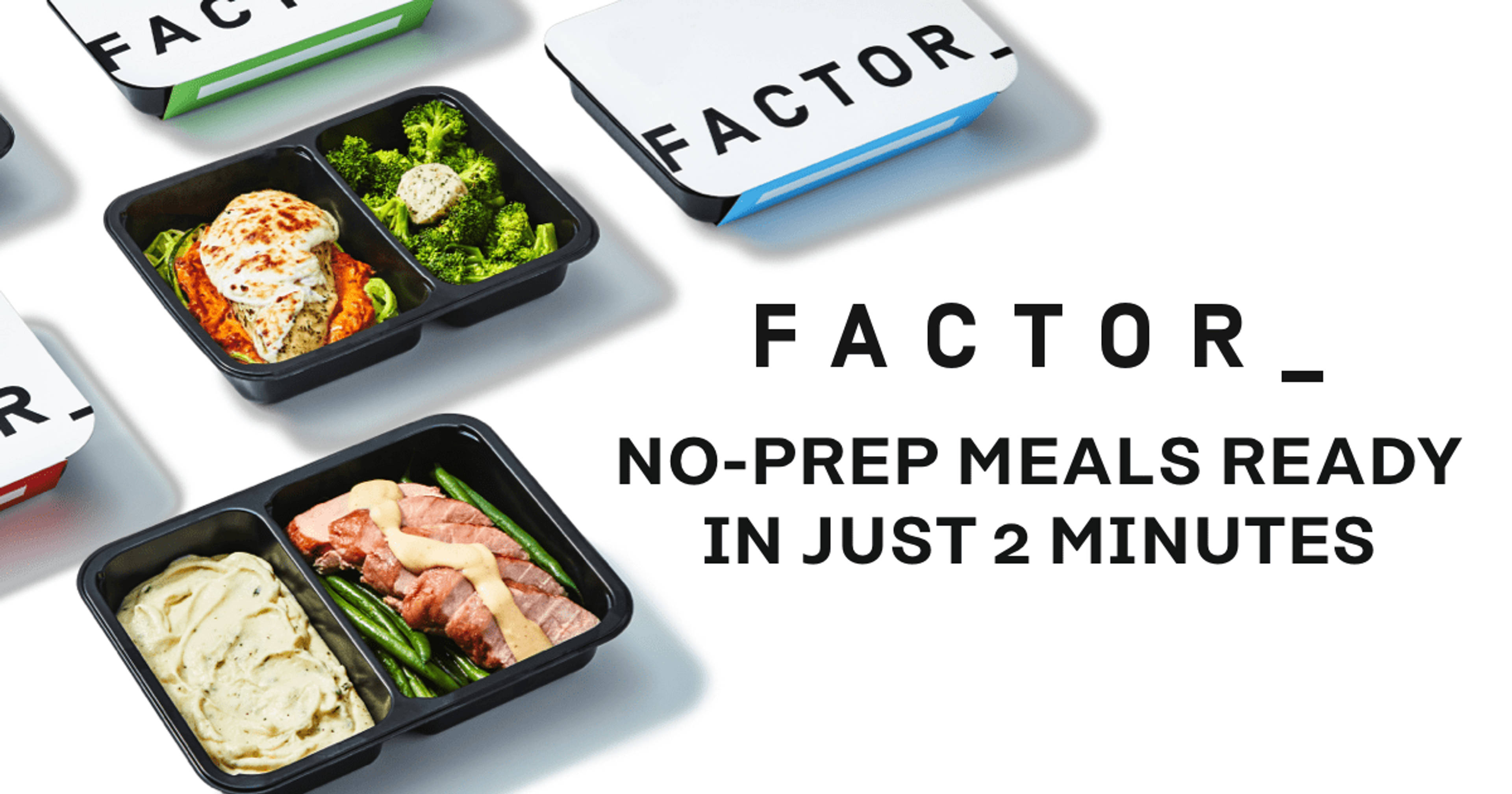How to Track Macros: A Step by Step Guide for Beginners
What Are Macros?
So, what is a macro? Macro is the shortened version of the word macronutrient. Macronutrients are the nutrients your body needs in significant amounts daily to function properly. The three macronutrients are proteins, carbohydrates (carbs), and fats.
Counting macros has become one of the most popular ways of tracking nutritional goals. Whether you want to burn fat or build muscle, counting macros is one of the top ways of tracking your nutrition. Counting macros may seem a little overwhelming at first. However, once you have familiarized yourself with the basics, it is plain sailing from there on out.
The 3 Macros
1. Proteins
Proteins provide four calories of energy per gram consumed. Proteins are essential for processes such as:
- Cell signaling
- Tissue building
- Immune function
- Enzyme and hormone production
Depending on your age, health, and body composition goals, proteins should comprise between 10% and 35% of your daily energy intake. Protein-rich foods include meats like beef, poultry and fish, eggs, lentils, and tofu.

2. Carbohydrates
Carbohydrates usually make up the greatest portion of people's energy intake. They also provide four calories per gram eaten. Carbs include sugars, starches, and fibers. Carbs are broken down into glucose, which is the energy currency for your body. Glucose travels through the blood for immediate use and is stored as glycogen in the liver and muscles for later use. Muscle movement, brain function, and all internal processes require energy.
Most health organizations recommend 45% -65% of your daily energy needs derive from carbs. However, this is a hotly contested topic. Individuals following a keto diet will try and limit their carb intake to less than 50 grams per day. Source carbohydrates from foods such as fruits, starchy vegetables, grains, beans, and dairy products.

3. Fats
Fats are the most energy-rich food source. They provide nine calories of energy per gram. Fats are an essential energy source and vital for functions such as:
- Nutrient absorption
- Hormone production
- Maintenance of body temperature
Depending on your nutritional goals, fats should make up 20-35% of your daily calories. Foods rich in dietary fats include butter, plant oils, meat, fish, avocados, and nuts.


Counting Macros vs. Counting Calories

The Importance of Macros: Proteins vs. Carbs vs. Fats
How to Calculate your Macros
- Age
- Height
- Current weight
- Goal weight
- Activity levels
- Carbohydrates: 45-65% of total calories consumed
- Fats: 20-35%
- Proteins: 10-35%
You can fine-tune this ratio to attain specific objectives. For example, if you want to build muscle mass, you may want to decrease the number of carbs and fats in favor of an increase in proteins. On the other hand, if you are following a Keto diet, you will want to drop the percentage of carbs right down to about 10% and up your fat intake.
Let's say you choose a ratio of 50% carbs, 30% proteins, and 20% fat.
- You need 50% of 2000 calories = 1000 calories from carbohydrates per day. At four calories per gram, you need 250g of carbs.
- You need 30% of 2000 calories = 600 calories from protein per day. At four calories per gram, this translates to 150g of protein daily.
- You need 20% of 2000 calories = 400 calories from fat per day. At nine calories per gram, this equates to 45g of fat per day.
With this macronutrient ratio, your ideal daily intake would comprise 250g carbs + 150g protein + 45g fat.
Track Your Macros: Tools for Tracking Macros
There are several macro tracking apps available for iPhone or Android devices. This is one of the most convenient ways of logging your macros. These user-friendly apps are specifically designed to simplify how you track your food consumption. You can use the apps to calculate the calories in the different foods you eat and monitor your macronutrient percentages daily.
Digital Food Scale
To track your macros accurately you should measure and weigh everything you eat. To do this, you can use measuring spoons, measuring cups, and measuring jugs. However, the most accurate way of measuring your food portions is using a food scale. If you want results, being precise with your nutrition is critical.
Glass Food Storage Containers
Weighing out portions of ingredients before each meal may seem like quite a mission. To save time, you can weigh out a few portions of the same thing at a time or weigh out all the components for your meals over the next two or three days at one time. In this case, you may want to store your weighed-out ingredients in separate containers so you can easily use them later without having to get the scale out again. Opt for glass containers. They last longer than plastic and are better for your health, especially if you plan to microwave your food portions.
